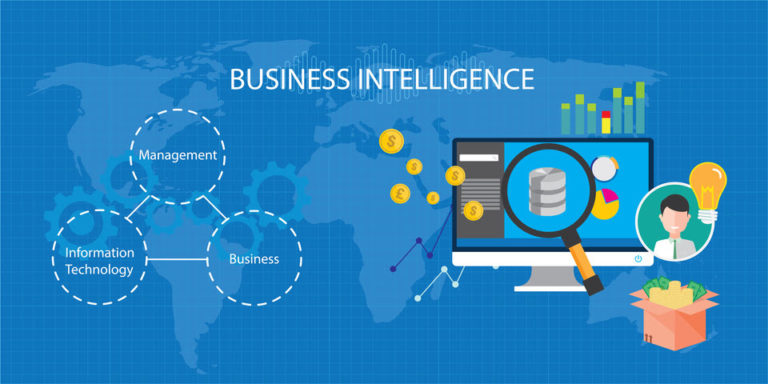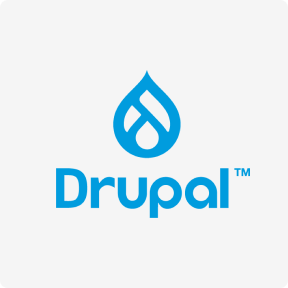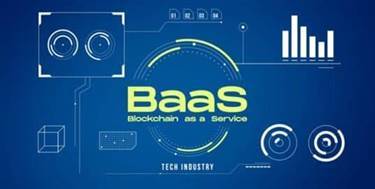In comparison, cloud computing necessitates sending larger data volumes to remote servers for processing, which can contribute to elevated bandwidth consumption. Edge computing optimizes bandwidth by executing local data processing, transmitting only pertinent or summarized data to the central cloud. This approach minimizes data sent over the network and efficiently utilizes bandwidth. Lately, there has been a growing need for data and analytics, which has increased the importance of cloud computing.
- The attack surface also gets bigger whenever the company adds a new piece of equipment.
- It is an effective method to increase your business operations productivity and helps digital businesses to stay remote.
- As devices process data natively or in a local edge center, the information does not travel nearly as far as in a standard cloud architecture.
- For example, when AI acts on data at the edge, it reduces the need for centralized compute power.
- Cloud- and edge-powered big data analysis enables companies to plot market trends, predict buying patterns, and know their consumers.
Cloud computing is often the method of choice for enterprise-level businesses for a few reasons. There are many types of cloud models that allow companies to customize their IT infrastructure. Scalability is among the most notable benefits of cloud computing because it provides the option to expand to accommodate future requirements.
About company
While edge computing brings the computers closer to the source of data, cloud computing makes advanced technology available over the internet. Branch edge networks are dedicated edge networks specialized for each organizational branch. Sometimes called local area network edge systems, they provide specific, low-latency solutions suited for each office’s goals, challenges and needs. They’re best suited for companies that have location-specific operations and multiple branches.

A standard cloud computing model, with its centralized servers, could be less risky if you’re dealing with sensitive data or have special compliance requirements. These computing solutions use numerous advanced analytical methodologies on large datasets (multiple terabytes or zettabytes of data) that are structured, semi-structured, or unstructured. The processing power of large-scale edge and cloud infrastructure makes it easy to analyze and gain insights from any dataset, no matter how huge or widespread it may be. This decade is expected to see numerous partnerships between edge and cloud computing service providers, with more vendors diversifying their offerings and providing both edge and cloud services. A broader definition of cloud computing encompasses the technology behind the cloud, including virtualized IT infrastructures such as operating systems, servers, and networks. This virtual technology uses special software to consolidate and securely divide computing power, regardless of the limitations posed by physical hardware.
Advantages and Disadvantages of Edge Computing
It is likely to be cheaper and, from a management perspective, easier to move the data to a public cloud data center. For example, when AI acts on data at the edge, it reduces the need for centralized compute power. Edge also makes blockchain better as more reliable data leads to greater trust and less chance of human error. Data can be captured and relayed directly by machines in real-time, and the increased use of sensors and cameras on the edge means more and richer data will become available to analyze and act on. Edge is also leading a revolution in automation, moving from systematic processes in closed, controlled environments like factories to complex performances in open, uncontrolled environments like agriculture.

The cloud can get centralized computing much closer to a data source, but not at the network edge. Cloud computing has already revolutionized numerous industries by disrupting how enterprises think about IT resources. Cloud computing services are hosted in remote data centers managed by a third-party vendor or privately by an organization. Before we understand cloud computing and edge computing, it is essential to understand the difference between “edge” and “cloud”.
Edge computing vs cloud computing- Choosing the right model for your business
It can empower new use cases, especially the innovative artificial intelligence and machine learning applications that are critical to modern business success. There are several benefits to adopting this computing system, particularly in terms of scalability, flexibility, and security. But the choice of compute and storage deployment isn’t limited to the cloud or the edge. A cloud data center might be too far away, but the edge deployment might simply be too resource-limited, or physically scattered or distributed, to make strict edge computing practical.

These insights make it easier to determine performance indicators like a website or application’s load time. In situations where real-time data processing is crucial, edge computing can be the most suitable solution because it requires less processing time and resources for a more consistent edge computing definition overall user experience. Cloud infrastructure offers end users faster service and enhanced convenience than traditional IT infrastructure. An example of a situation where edge computing is preferable over cloud computing is medical robotics, where surgeons need access to real-time data.
Modern Data Streaming Architecture
With 5G and other technological advancements gaining popularity in 2022, edge and cloud computing are both expected to see numerous new opportunities across industries. Because there are so many ways to classify edge networks and technologies, there’s no one set answer to how many edge computing types exist or what their categories are. However, one of the easiest ways to separate different types is by their systems and platforms. Edge containers are located at the edge of a network, closer to the data source, while cloud containers operate in a data center.

Edge is about processing data closer to where it’s being generated, enabling processing at greater speeds and volumes, leading to greater action-led results in real time. This type of online gaming streams a live feed of the video game directly to user devices. As data centers process and host these games, users commonly experience latency issues. Edge computing enables a company to expand its capacity through a combination of IoT devices and edge servers.
Location
One of the main advantages of edge computing over cloud computing is its ability to reduce network congestion and latency. This can result in faster response times, lower latency, and more efficient use of network resources. Cloud computing is a huge, highly scalable deployment of compute and storage resources at one of several distributed global locations (regions). Cloud providers also incorporate an assortment of pre-packaged services for IoT operations, making the cloud a preferred centralized platform for IoT deployments. In practice, cloud computing is an alternative — or sometimes a complement — to traditional data centers.
Its network is set up across mobile devices, including smartphones and non-fixed IoT gadgets. The rise of the Internet of Things (IoT) and automation has required organizations to leverage networks as close to data sources as possible to minimize latency. Because they are near the data, they can perform basic computations using sensors. Device edge networks are ideal for simple and highly specialized applications, so it’s vital to understand your organizational goals and your devices’ capabilities before implementing them. Since there is no set series of challenges in the real world, hybrid computing helps businesses to save resources and optimise operations in varying conditions. The difference between Edge, Fog, and Cloud computation is based on the location where the data is generated, processed, accessed, and intelligence applied.
Edge computing
If you use a cloud edge computing architecture the types of devices that your end-users are using are not important, because you’re not offloading data storage or processing from the central cloud to those devices. Those servers would usually be located in a data center that is closer to your end-users than the central cloud. To better understand the difference between edge computing and cloud computing, let’s take a look at an edge architecture diagram. In this diagram, we can see that the processing and storage happen at the edge devices or gateways, which are connected to the cloud data center through the internet. This edge-to-cloud architecture allows for distributed processing and real-time data analysis, while also leveraging the scalability and storage capabilities of the cloud.
